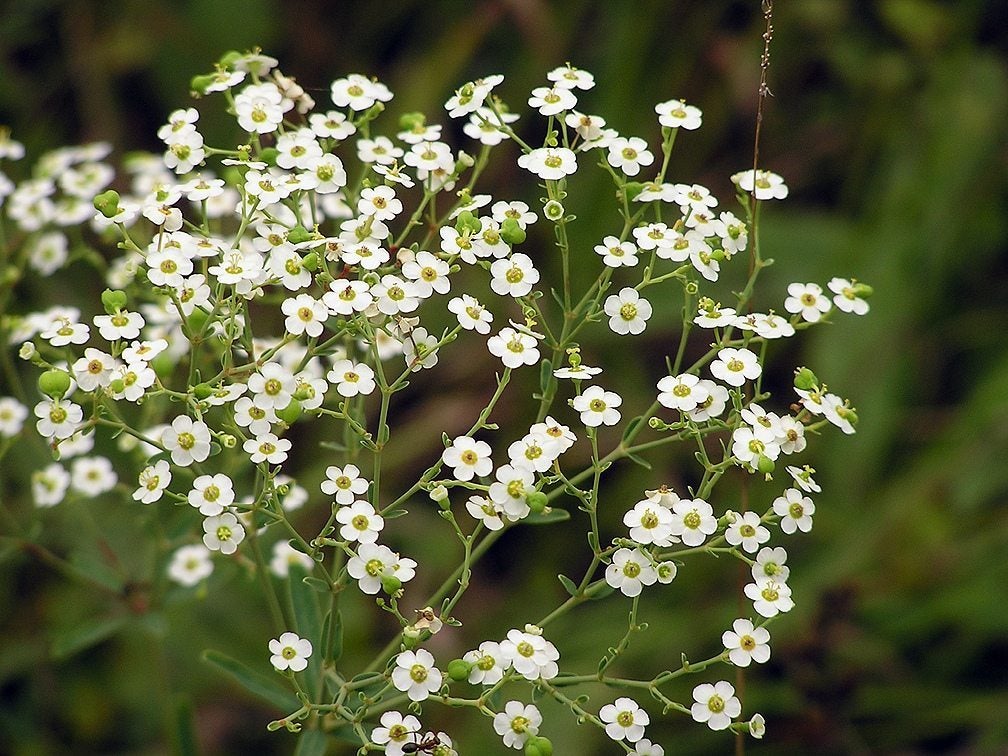Flowering Spurge Info – Learn How To Grow Flowering Spurge Plants


What is flowering spurge? Flowering spurge (Euphorbia corollata) is a perennial that grows wild in prairies, fields, and forests and along roadsides across most of the eastern two-thirds of the United States. Also known as baby’s breath of the prairie, flowering spurge plants produce white, green-centered flowers from early summer to late summer. Bees love the tiny blooms. Growing flowering spurge isn’t difficult as long as you can provide the right conditions. Read on to learn more.
How to Grow Flowering Spurge
Flowering spurge grows best in poor, dry, well-drained soil. Full sun is ideal, but a little light shade is okay, too. Purchase flowering spurge plants at a nursery that specializes in native plants. If you can’t find any, you may need to order seeds or save your own by gathering a few seed pods in late summer or early fall before the pods burst. Spread the pods on a pan or tray to dry, then separate the seeds from the dry husks. Store the seeds in a paper envelope until you’re ready to plant. The easiest way to grow flowering spurge plants from seed is to simply press the seeds into the surface of the soil in late autumn. If you’d rather plant in spring, mix the seeds in a plastic bag with a handful of damp sand and store them in the refrigerator for a month. Add a little water occasionally and don’t allow the sand to dry out. Planting seeds indoors doesn’t usually work. Flowering spurge has long taproots and the plants don’t transplant well. However, you may be able to divide mature plants in spring or fall.
Are Flowering Spurge Plants Invasive?
Flowering spurge self-seeds generously and is considered a noxious weed in some areas, including certain parts of the Midwest. Check with your local cooperative extension if you’re concerned about invasiveness in your area. Removing blooms before they go to seed can also limit rampant growth.
Flowering Spurge Care
Flowering spurge requires no special attention; just water occasionally during extremely dry weather. Please note: All parts of flowering spurge plants are poisonous and can cause nausea and vomiting if ingested. Additionally, the milky sap can irritate the skin and sometimes cause blisters. Be sure to keep the sap out of your eyes.
Sign up for the Gardening Know How newsletter today and receive a free copy of our e-book "How to Grow Delicious Tomatoes".

A Credentialed Garden Writer, Mary H. Dyer was with Gardening Know How in the very beginning, publishing articles as early as 2007.